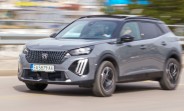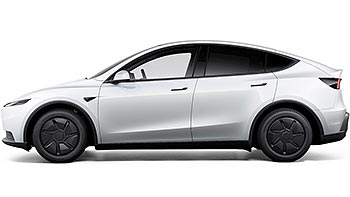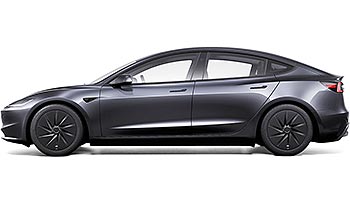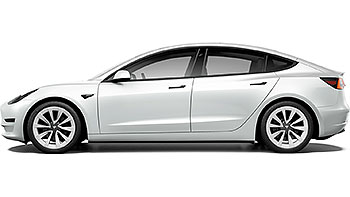Stellantis reinvents electric cars with the all-in-one battery
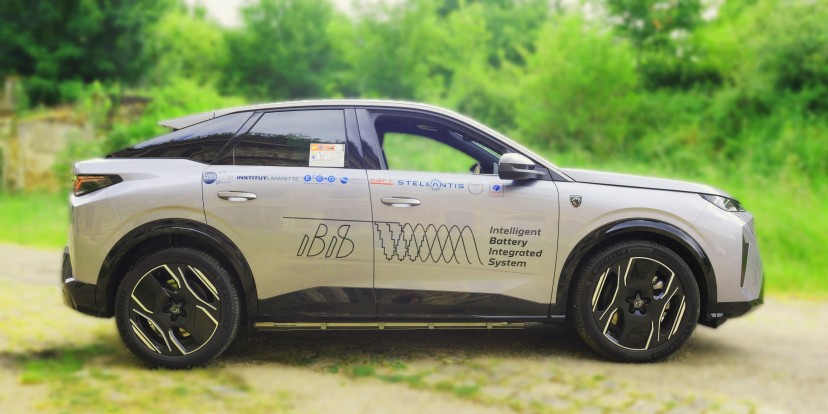
The world of electric cars never stops evolving, and engineers chase improvements with a feverish intensity. Every component is scrutinized for weight, cost, and efficiency. Automotive giant Stellantis is not the one to be outdone by the competition, and in collaboration with battery specialist Saft, is testing a technology that completely reimagines the heart of an EV: the battery itself.
A prototype of the Peugeot E-3008 is already testing an innovative system that could make future electric cars lighter, more powerful, and quicker to charge. The new project is called IBIS (Intelligent Battery Integrated System), and it challenges the design of EV powertrains as we know it.
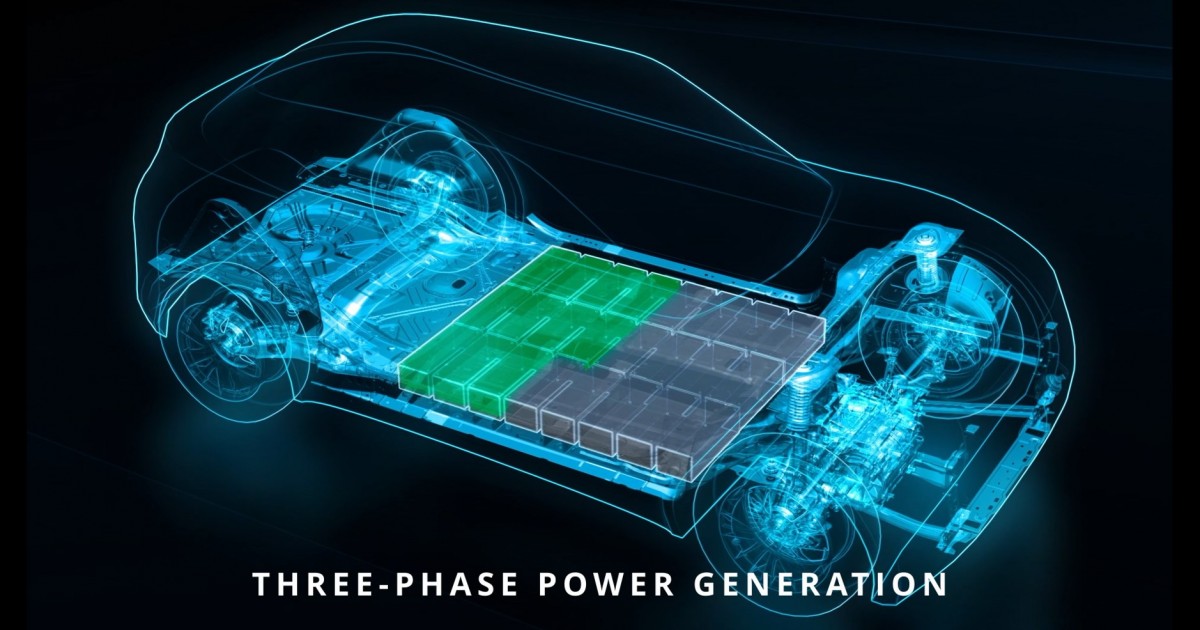
Electric vehicles are built with a large battery pack and separate, distinct boxes for the inverter (which converts DC battery power to AC for the motor) and the onboard charger (which converts AC from the wall to DC for the battery).
The IBIS system essentially asks, "What if we could get rid of those extra boxes?" The answer is to bake their functions directly into the battery pack itself. This French-based research project, which also involves partners like Sherpa Engineering and the French National Centre for Scientific Research (CNRS), creates a single, smart energy unit.

The benefits, according to the engineering teams, are compelling. By eliminating the separate inverter and charger, the system sheds about 88 lb from the vehicle's total weight. That may not sound like much, but in the automotive world, this is quite an achievement that contributes to better efficiency and handling.
The lack of additional components also frees up approximately 0.6 ft³ of volume, giving designers more packaging flexibility, which can lead to better aerodynamics or more interior space. This integration is about making the entire system work smarter.
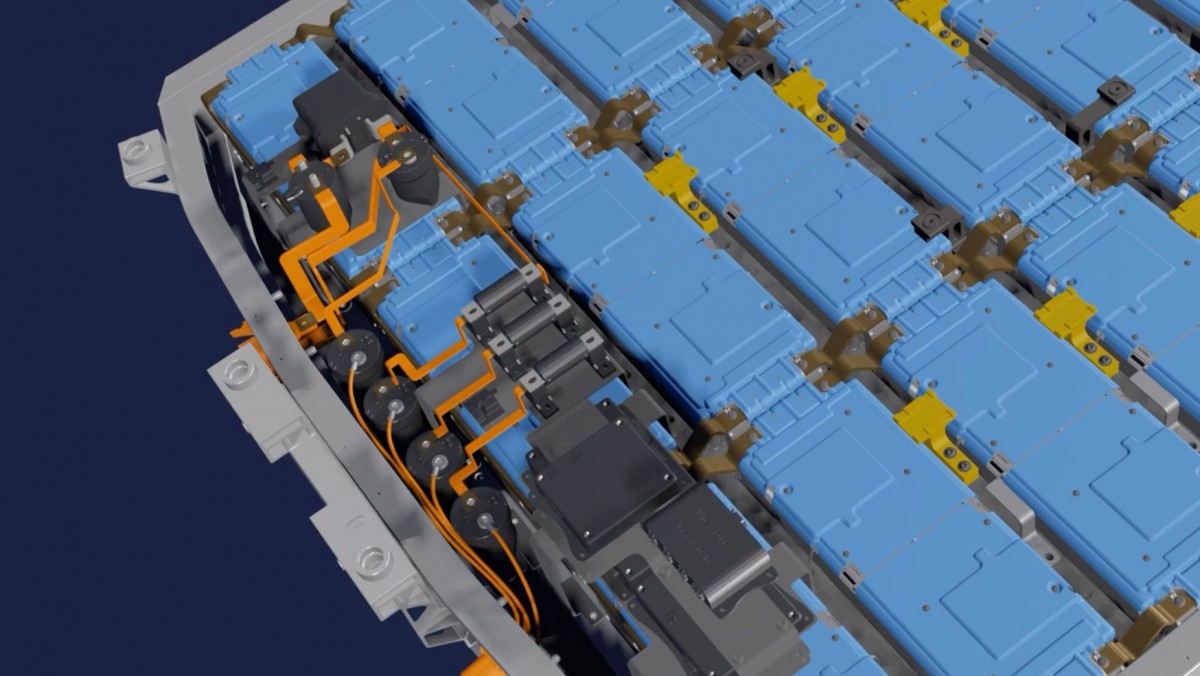
Stellantis reports that the IBIS prototype delivers a power boost of around 15%, taking a system that would normally produce 150 kW up to 172 kW without changing the size of the battery. This could mean quicker acceleration in future electric cars.
The efficiency improvements extend to charging as well. Early tests show a 15% reduction in AC charging time. For a typical home charger, that could mean a 7-hour charge is completed in just 6 hours. The system is also 10% more energy-efficient during the charging process and while driving, reducing wasted electricity.
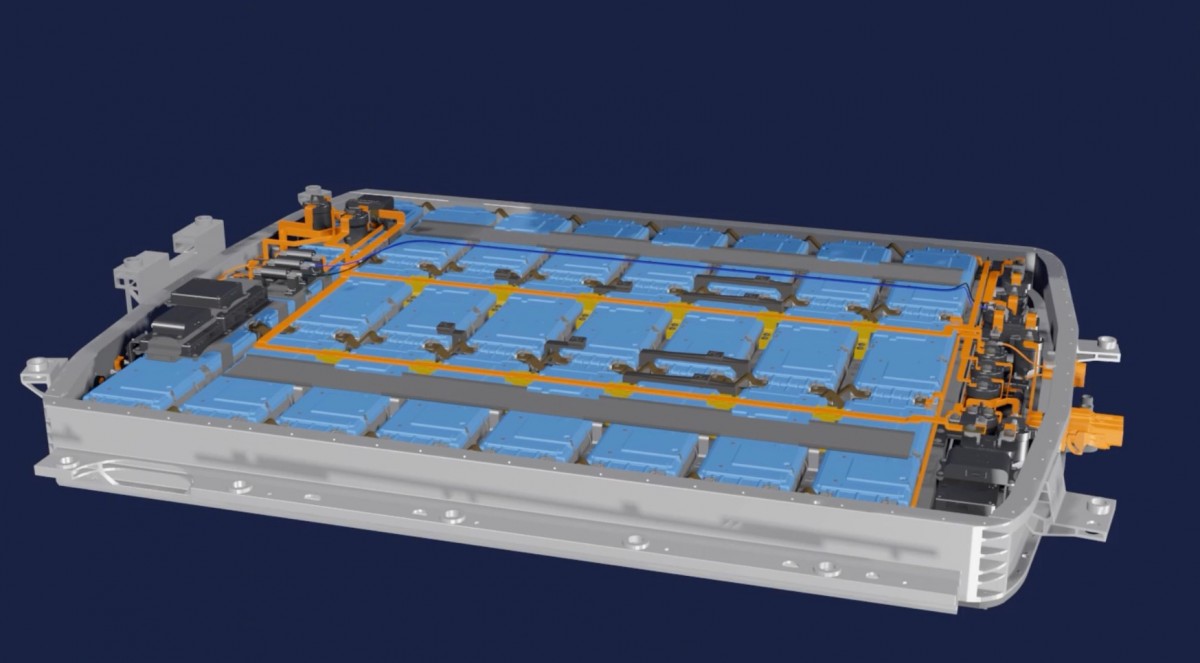
The journey for IBIS from a concept to a rolling prototype has been a meticulous one. After years of simulations, a stationary demonstrator has been running since mid-2022 to validate the core technology. Now, with the Peugeot E-3008 test mule hitting public roads, the project has entered its second phase, which kicked off in June 2025, with Stellantis hoping to integrate IBIS technology into its production vehicles by the end of this decade.
The focus is on passenger EVs, but the potential for the IBIS architecture extends far beyond the family SUV. Its creators see applications from rail and marine transport to aerospace and even stationary energy storage for data centers. The streamlined design simplifies manufacturing and maintenance and makes it easier to reuse the batteries for a second life after their automotive career is over.
Related
Reader comments
- Bert101
Fortunately engineers are moving forward and learning from past failures. Technology is moving light speed ahead, and I am sure that the tech in these batteries are as stated of the art as possible.
- 23 Sep 2025
- xDf
- Pop Top
And your point is? We are all standing on the shoulders of the giants, it is the nature of technology. Though the idea of integrating invertors into the battery is pretty silly - it is part of the "centralized" approach to BEV packaging tha...
- 23 Sep 2025
- 0qB
- Kraken
I love how Tesla comes up with this and ever since then we have BMW, PORSCHE, PEUGEOT, BYD and POLESTAR "invent" this tech 😂
- 23 Sep 2025
- mAN



